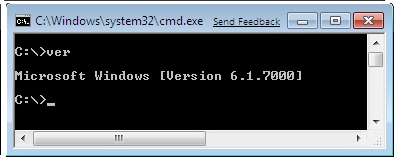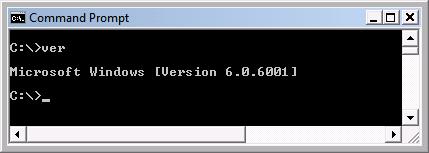I just downloaded Microsoft’s latest OS beta — Windows 7 64bit, which was released to the general public two days ago.
I have not really used Windows Vista on a day to day basis after its release in early 2007. I have been using Linux only at home for quite sometime now and at work we are still using Windows XP. The only Vista installation I have at home is an VM instance which I occasionally fire up to test some Windows only applications. You can read about my experience with Windows Vista here (1,2,3,4,5,6) and why I did not switch to Windows Vista here.
The download was rather large, coming at 3.2GB. I did not experience any problems downloading the bits though. The installation process for Windows 7 is quite straight forward. It installed under VMWare Workstation 6.5.1 without any glitch and the installation took just around 15 minutes. VMWare Workstation automatically recognized the installation disk as Windows Vista 64bit and even automatically configured the VMWare Tools (e.g. for video acceleration) without any problem. It seems from the start that Windows 7 is just an updated Windows Vista.
As Microsoft’s latest operating system, there is no doubt that Windows 7 comes with many "new" and improved features. I found this blog on ZDNet which discusses a few important ones. Perhaps the most noticeable change is the new task bar, which looks awfully similar to Gnome’s panel. After playing around for a while, I am still not sure what to make of it. Some of the new features this new task bar provides can be quite confusing. For instance, when an application is pinned onto the new task bar, it is very hard to tell whether or not the icon has any active instances associated with it (e.g. any opened applications). Besides the new task bar, other changes are quite subtle (OK, there are some new applications, like IE8 and the revamped calculator and wordpad, I am concentrating on the OS here).
The Windows 7 64bit installation comes at just under 10GB, versus the 11GB footprint Windows Vista had. Clearly, Microsoft had done some tweaking and optimizations to reduce the OS footprint and improve the OS performance. To me those are just some small evolutionary steps built onto Windows Vista. Maybe the version number can tell it all. Under Windows 7 command prompt, type in ver and you get:

And in Windows Vista, the version number is:

So if Windows Vista is simply just Windows 6.1.7000, it may as well just be an updated Windows Vista (6.0.6001) no matter what Microsoft tells you.

